close 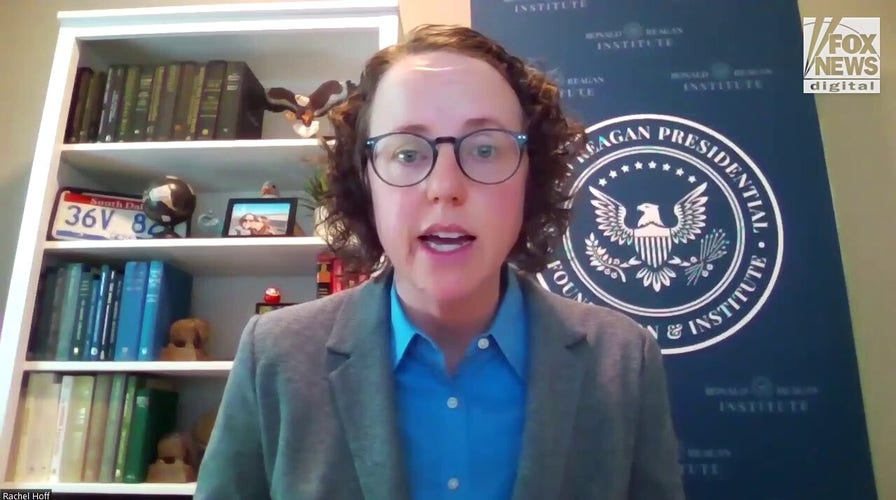
Majority of Americans support US aid to Israel, Ukraine: Hoff
Rachel Hoff, who serves as policy director at the Reagan Institute, discusses with Fox News Digital the findings of the Reagan Institute’s 2024 summer survey.
Join Fox News for access to this content Plus special access to select articles and other premium content with your account – free of charge. By entering your email and pushing continue, you are agreeing to Fox News’ Terms of Use and Privacy Policy, which includes our Notice of Financial Incentive. Please enter a valid email address. By entering your email and pushing continue, you are agreeing to Fox News’ Terms of Use and Privacy Policy, which includes our Notice of Financial Incentive. Having trouble? Click here.
Dire warnings from the United Nations, the U.S. EU and aid organizations of mass starvation and famine among civilians in northern Gaza seem to be overstated, according to some experts.
“Leaders said that thousands of children were going to die, and it didn’t materialize, and no one seems to be trying to explain why,” David Adesnik, senior fellow and director of research for the Foundation for Defense of Democracies told Fox News Digital. Adesnik has been tracking recent increases in food availability in northern Gaza that have gone without comment from researchers and the media.
The first warning of famine came on March 18 in a report from the Integrated Food Security Phase Classification (IPC) Famine Review Committee (FRC), which stated famine was “projected and imminent” in northern Gaza and the Gazan governorates. Without “an immediate political decision for a ceasefire together with a significant and immediate increase in humanitarian and commercial access to the entire population of Gaza,” the FRC stated that there would be a markedly increased “impact on mortality and the lives of Palestinians.”
A day following the report, Secretary of State Antony Blinken echoed the report, noting during a press conference in the Philippines that “according to the most respected measure of these things, 100% of the population in Gaza is at severe levels of acute food insecurity. That’s the first time an entire population has been so classified.”
CIGARETTE SMUGGLING HAS CRIPPLED AID DELIVERY IN GAZA AS SMOKES GO FOR $25 APIECE
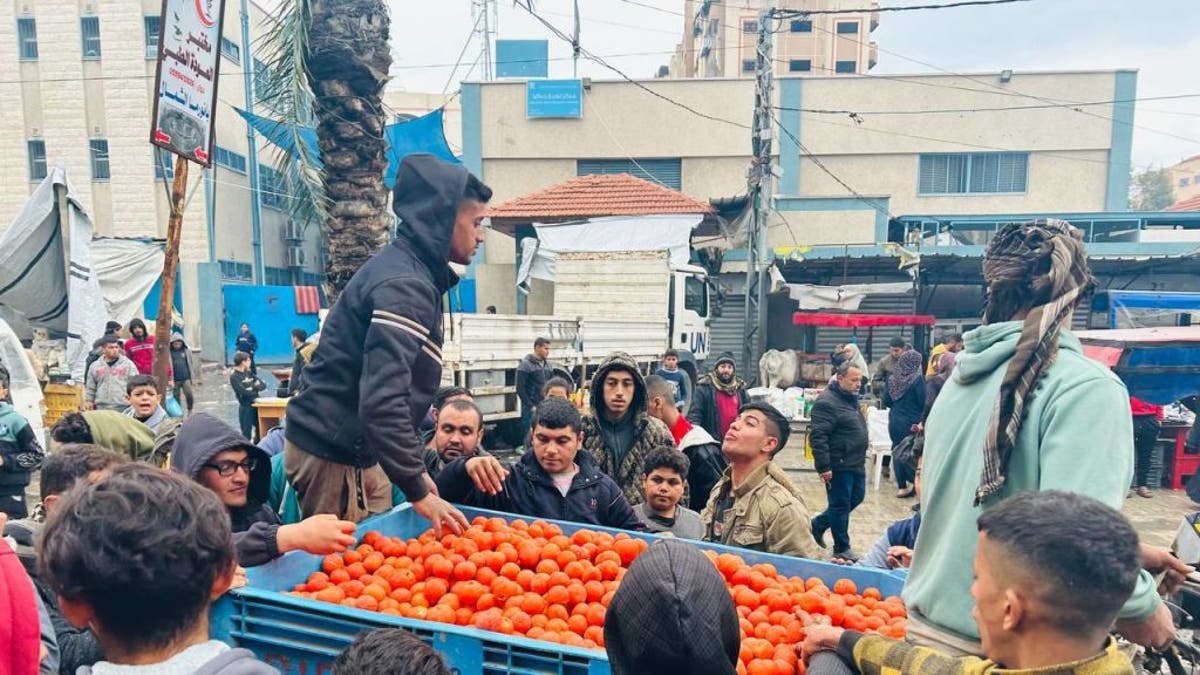
Palestinians shop for food and clothes at a bazaar in Jabalia, northern Gaza, on Jan. 15, 2024. (Mahmoud Shalha/Anadolu via Getty Images)
By May 31, the Famine Early Warning Systems Network (FEWS NET), sponsored by the U.S. Agency for International Development (USAID), reported that it was “possible, if not likely, that all three IPC thresholds for Famine…were met or surpassed in northern Gaza in April.”
On June 4, the FRC released a different prognosis, contradicting the FEWS NET’s results and stating they were not “plausible.” Among the reasons cited for disagreement was their finding that “while FEWS NET estimated the caloric availability in the area as covering only 59%- 63% of the needs…in April, the review done by the FRC estimates that this range would be 75% to 109% if commercial and/or privately contracted food deliveries were included,” and “157% if a higher estimate was used.”
Fox News Digital reached out to both the IPC and FEWS NET about the differences between their most recent reports. The IPC said that FRC analysts were unable to respond as they were at work on a forthcoming report, due for release on June 25, about conditions throughout Gaza.
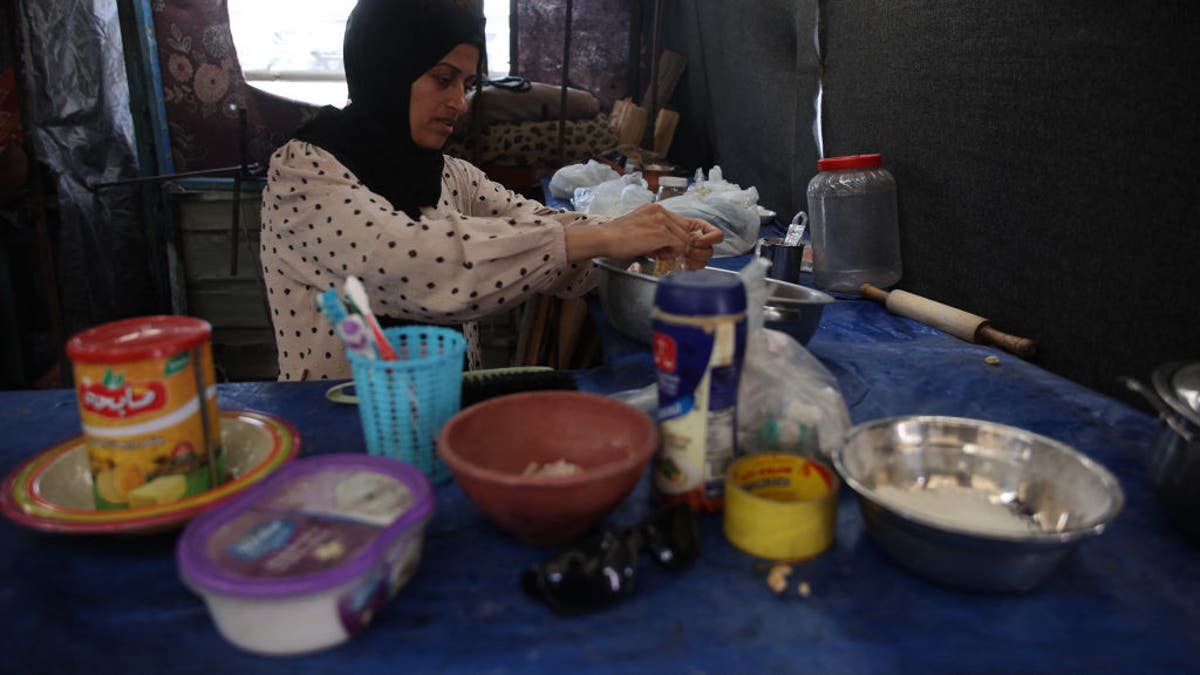
A Palestinian woman works in a makeshift kitchen in the Jabalia refugee camp in the northern Gaza Strip on June 20, 2024. (OMAR AL-QATTAA/AFP via Getty Images)
FEWS NET pointed out that where FRC suggested there was not enough evidence to determine barriers to accessing aid, FEWS NET “observed significant challenges in both physical and financial access.”
“Analysis of acute food insecurity does not (and should not) only consider available supply, but access to and utilization of available food,” FEWS NET explained.
FEWS NET also stated that “when combining FEWS NET’s estimate of kilocalories available from food assistance with FEWS NET’s estimate of kilocalories available from subsidized bread from [World Food Programme (WFP)]-supported bakeries and [Israel’s Coordinator of Government Activities in the Territories]-facilitated commercial/private sector food commodities, the differences between FEWS NET and the FRC’s estimates are not significant. FEWS NET estimates that these three sources combined offer a total supply of nearly 150% of caloric needs in the month of April.”
GROWING CONTROVERSY OVER BIDEN’S GAZA PIER FUELS CONCERNS OVER COST, SECURITY
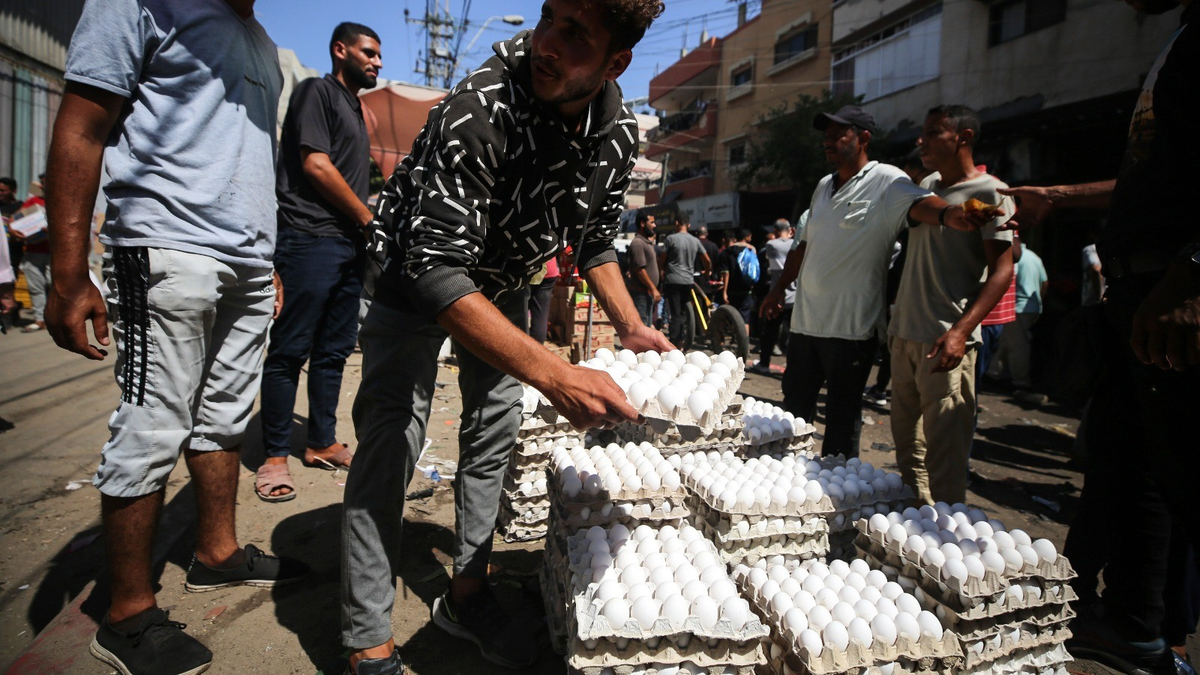
Eggs are shown at a street market in Deir al-Balah, central Gaza Strip, on June 21, 2024. (Majdi Fathi/TPS-IL)
Adesnik, however, pointed out that FEWS NET’s original assessment did not include calories obtained through World Food Program (WFP) bread or commercial and private sector foods, noting that the FRC found that “FEWS NET simply ignored 940 tons of sugar, flour, salt and yeast that the World Food Program delivered to north Gaza bakeries. The tone of the FRC review is always respectful, yet it exposes the extent to which FEWS NET made indefensible assumptions that all serve to underestimate Israel’s efforts to help more food reach the people of northern Gaza.”
While Adesnik said that without question “hunger persists in northern Gaza and there is a deep need for humanitarian assistance,” he also said that the “stark differences” between FEWS NET and FRC’s assessments “underscore the subjectivity inherent in famine assessments, along with the potential for politicization.”
As an example, Adesnik noted that a lack of humanitarian aid reaching Gazans was “an integral part of the charges” that the International Criminal Court leveled against Israeli Prime Minister Benjamin Netanyahu and Minister of Defense Yoav Gallant on May 20 when they issued arrest warrants for the men. The ICC believes Netanyahu and Gallant “bear criminal responsibility” for war crimes and crimes against humanity.” Among the allegations the men face is that they “plan[ned] to use starvation as a method of war.”
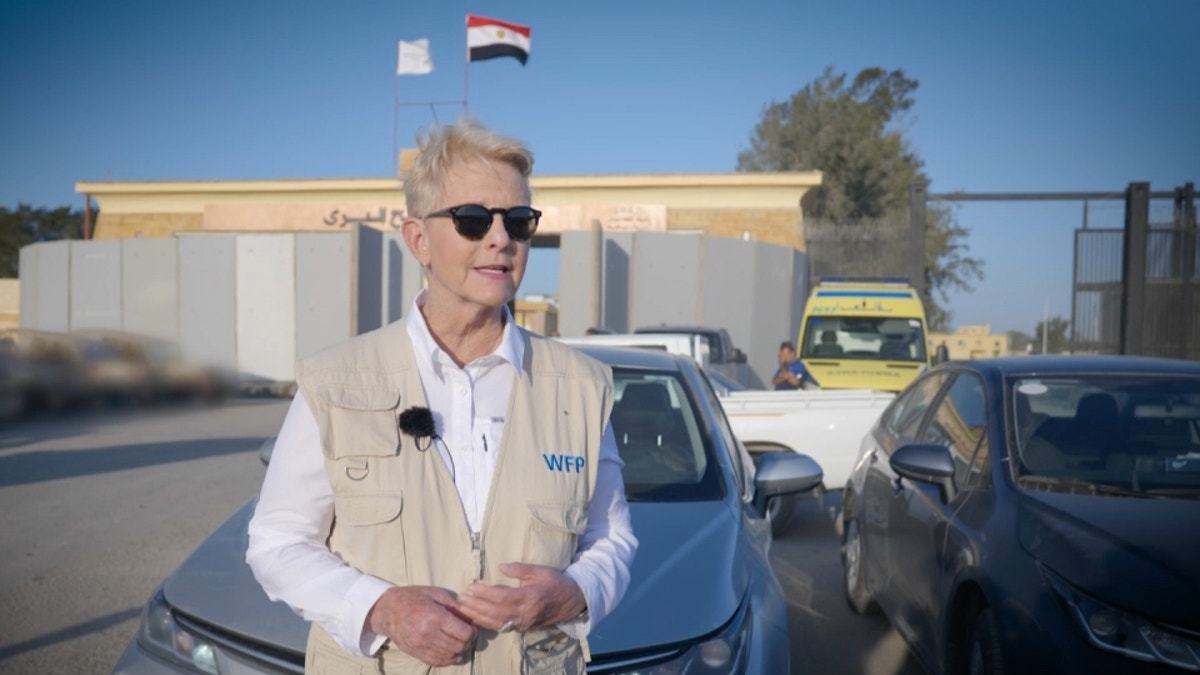
U.N. World Food Programme Executive Director Cindy McCain (United Nations via Reuters Connect/File)
Adesnik said that “regardless of whether the situation in Gaza improved because the famine declaration was premature or because Israel facilitated dramatically more shipments of food in March and April, this just shows how laughable the ICC’s charges are.”
Fox News Digital reached out to the ICC to ask whether they would change their assessment that Israeli officials intentionally starved Gazans based on FRC findings about food availability in April, prior to charges being filed. The ICC responded by directing Fox News Digital to its statement announcing war crimes charges against Israeli and Hamas leaders.
STUDY SAYS FOOD AID MEETS QUALITY, QUANTITY FOR GAZANS AS UN, ICC SAY ISRAEL STARVING CIVILIANS

IDF forces are seen operating in Rafah in the Gaza Strip. (IDF Spokesman’s Office)
Other institutions likewise seem reticent to acknowledge that the dire threats said to be “imminent” in March have not come to pass.
The Food and Agriculture Organization (FAO) of the United Nations and the WFP’s Hunger Hotspots outlook on food insecurity from June to October notes that “in Palestine, over 1 million people – half of the population of the Gaza Strip – is expected to face death and starvation (IPC Phase 5) by mid-July.”
In response to Fox News Digital’s questions about whether the FAO planned to amend its report based on the FRC’s latest information on food availability in Gaza, the FAO news team stated that the organization would wait until the FRC released its updated report to revise its assessment.

Humanitarian aid trucks from the U.N. and World Health Organization wait to enter the central Gaza Strip on Apr 25, 2024. (Majdi Fathi/TPS)
A State Department spokesperson responded to Fox News’ requests for comment about the disparities between FEWS NET and FRC reporting by expressing concern about the “more than 2 million people and the most rapid onset of the levels of food insecurity that we’ve ever seen.” Noting that neither FRC nor FEWS NET confirmed that a famine was ongoing, the spokesperson said that “Gaza remains in a dire food security crisis with unacceptable rates of child malnutrition and elevated levels of associated sickness and deaths. And the whole point of measurements and early warning is to spur action now and not wait until it’s too late, and we’ve definitively reached a specific threshold.”
The increased aid entering Gaza has been affected in recent weeks by cigarette smuggling that “now threatens United Nations aid convoys.” Attacks on convoys thought to hold coveted cigarettes have led the U.N. to stop picking up aid, according to Israel’s TPS news agency.
Citing the Coordination of Government Activities in the Territories (COGAT), the TPS reported that 285 aid trucks were transferred to the Gaza Strip from the Kerem Shalom and Erez crossings. Of these, “only 88 aid trucks were collected by U.N. aid agencies and the private sector.” According to COGAT, “over 1,000 trucks” and “hundreds of aid pallets” await collection and distribution.
“The U.N. needs to scale up,” COGAT posted online on June 20, sharing an aerial video of unclaimed aid in the JLOTS collection and distribution compound.
CLICK HERE TO GET THE FOX NEWS APP
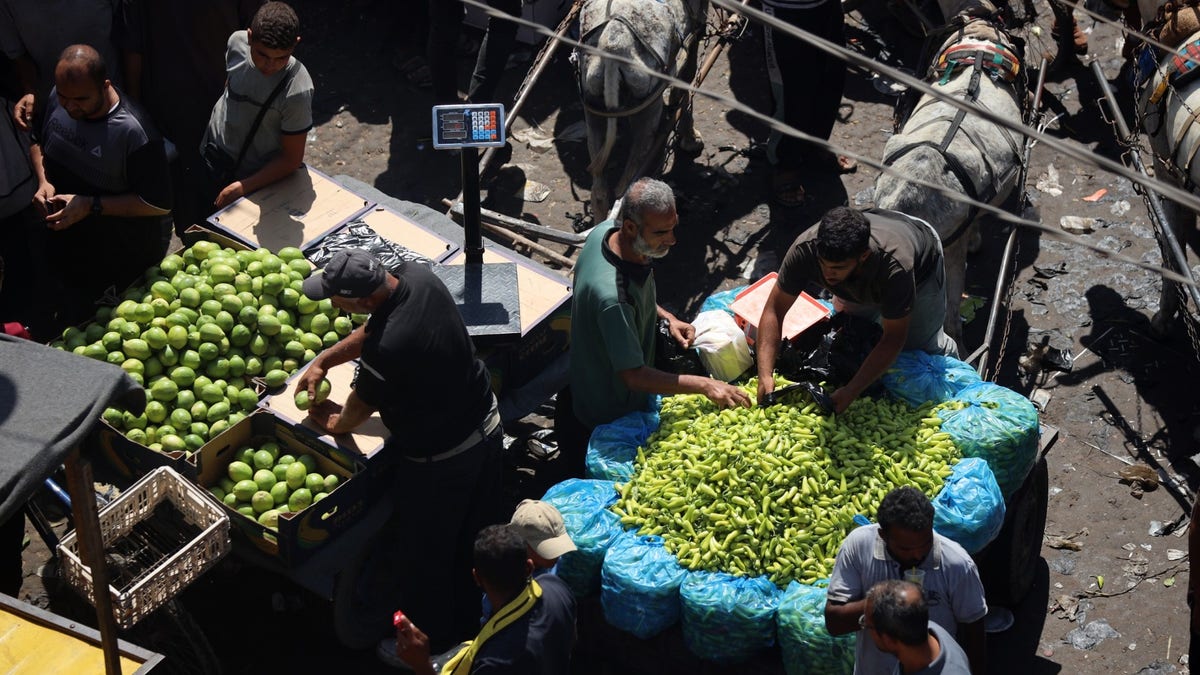
People buy food at a market in Deir al-Balah, central Gaza Strip, on June 21, 2024. (Majdi Fathi/TPS-IL)
The WFP’s country director for the Palestinians, Matthew Hollingworth, recently stated in an interview with CNN that “in terms of our operations, we have been able to bring more food into the north over the past few weeks, which has improved access to basic food commodities for people there, but we need to diversify the assistance given. It’s not enough to have basic food commodities. There needs to be basic health care, there needs to be water and sanitation, otherwise, we won’t turn the curve on famine.”
The WFP spokesperson did not respond to Fox News Digital’s request for comment about whether Hollingworth believed famine to be impending in Gaza.
As various entities continue to indicate that Israel’s efforts to aid the civilian population have fallen short, FRC’s assessment is in line with a study by academics and public health officials in Israel who found that aid entering the Gaza Strip could provide for the population of 2.4 million and meet its nutritional needs.
Beth Bailey is a reporter covering Afghanistan, the Middle East, Asia, and Central America. She was formerly a civilian intelligence analyst with the Department of the Army. You can follow Beth on Twitter @BWBailey85
